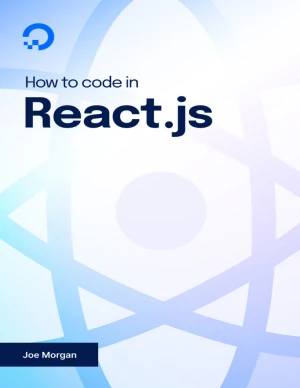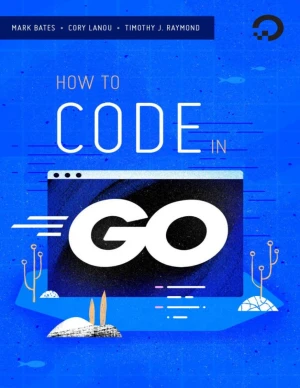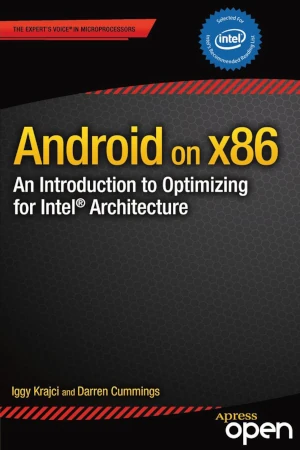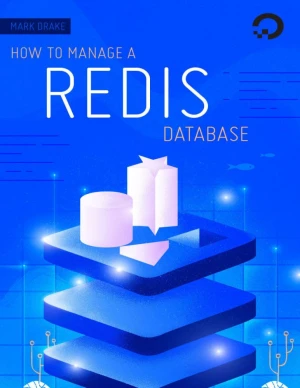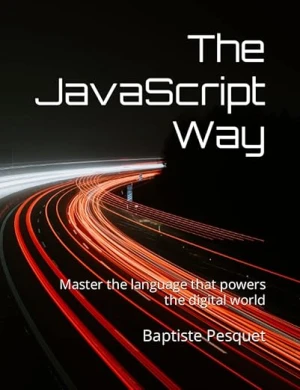XcalableMP PGAS Programming Language
From Programming Model to Applications
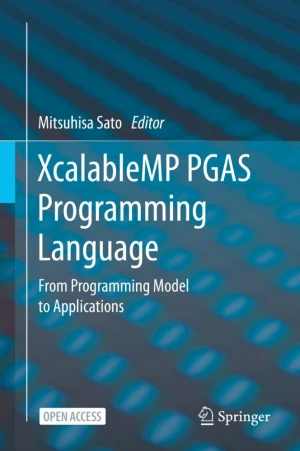
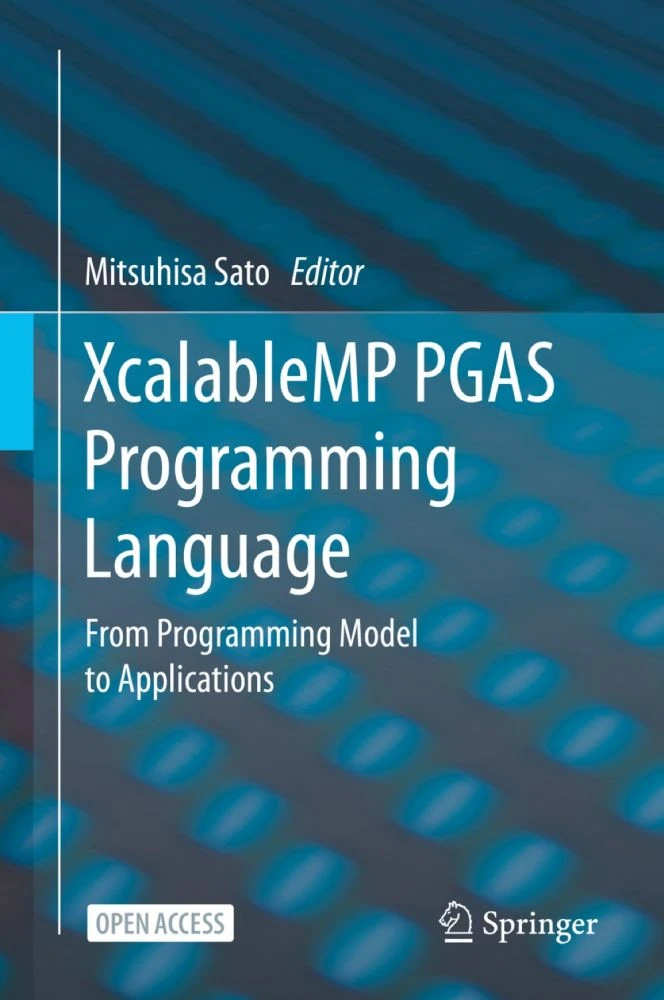
Book Details
| Author | Mitsuhisa Sato |
| Publisher | Springer |
| Published | 2021 |
| Edition | 1st |
| Paperback | 265 pages |
| Language | English |
| ISBN-13 | 9789811576829, 9789811576836 |
| ISBN-10 | 9811576823, 9811576831 |
| License | Creative Commons Attribution |
Book Description
XcalableMP is a directive-based parallel programming language based on Fortran and C, supporting a Partitioned Global Address Space (PGAS) model for distributed memory parallel systems. This open book presents XcalableMP language from its programming model and basic concept to the experience and performance of applications described in XcalableMP.
XcalableMP was taken as a parallel programming language project in the FLAGSHIP 2020 project, which was to develop the Japanese flagship supercomputer, Fugaku, for improving the productivity of parallel programing. XcalableMP is now available on Fugaku and its performance is enhanced by the Fugaku interconnect, Tofu-D.
The global-view programming model of XcalableMP, inherited from High-Performance Fortran (HPF), provides an easy and useful solution to parallelize data-parallel programs with directives for distributed global array and work distribution and shadow communication. The local-view programming adopts coarray notation from Coarray Fortran (CAF) to describe explicit communication in a PGAS model. The language specification was designed and proposed by the XcalableMP Specification Working Group organized in the PC Consortium, Japan.
The Omni XcalableMP compiler is a production-level reference implementation of XcalableMP compiler for C and Fortran 2008, developed by RIKEN CCS and the University of Tsukuba. The performance of the XcalableMP program was used in the Fugaku as well as the K computer. A performance study showed that XcalableMP enables a scalable performance comparable to the message passing interface (MPI) version with a clean and easy-to-understand programming style requiring little effort.
This book is available under a Creative Commons Attribution license (CC BY), which means that you are free to copy, distribute, and modify it, as long as you give appropriate credit to the original author.
If you enjoyed the book and would like to support the author, you can purchase a printed copy (hardcover or paperback) from official retailers.
Download and Read Links
Share this Book
[localhost]# find . -name "*Similar_Books*"
How To Code in React.js
This open book is an introduction to React that works from the foundations upward. Each chapter takes you a little deeper into the React ecosystem, building on your previous knowledge. Along the way, you'll learn how to maintain internal state, pass information between parts of an application, and explore different options for styling your applicat
How To Code in Go
This book is designed to introduce you to writing programs with the Go programming language. You'll learn how to write useful tools and applications that can run on remote servers, or local Windows, macOS, and Linux systems for development. The topics that it covers include how to: - Install and set up a local Go development environment on Windows,
Android on x86
Android on x86: an Introduction to Optimizing for Intel Architecture serves two main purposes. First, it makes the case for adapting your applications onto Intel’s x86 architecture, including discussions of the business potential, the changing landscape of the Android marketplace, and the unique challenges and opportunities that arise from x86 de
How To Manage a Redis Database
This book aims to provide an approachable introduction to Redis concepts by outlining many of the key-value store's commands so readers can learn their patterns and syntax, thus building up readers' understanding gradually. The goal for this book is to serve as an introduction to Redis for those interested in getting started with it, or key-value s
The JavaScript Way
This book is primarily designed for beginners. Having taught programming basics to hundreds of students, I tried to write it in the most friendly and accessible way possible. My goal was that no matter their background, everyone interested in programming should be able to follow along without too much difficulty. However, this book can also be usef
The Haskell School of Music
This free book explores the fundamentals of computer music and functional programming through the Haskell programming language. Functional programming is typically considered difficult to learn. This introduction in the context of creating music will allow students and professionals with a musical inclination to leverage their experience to help un

